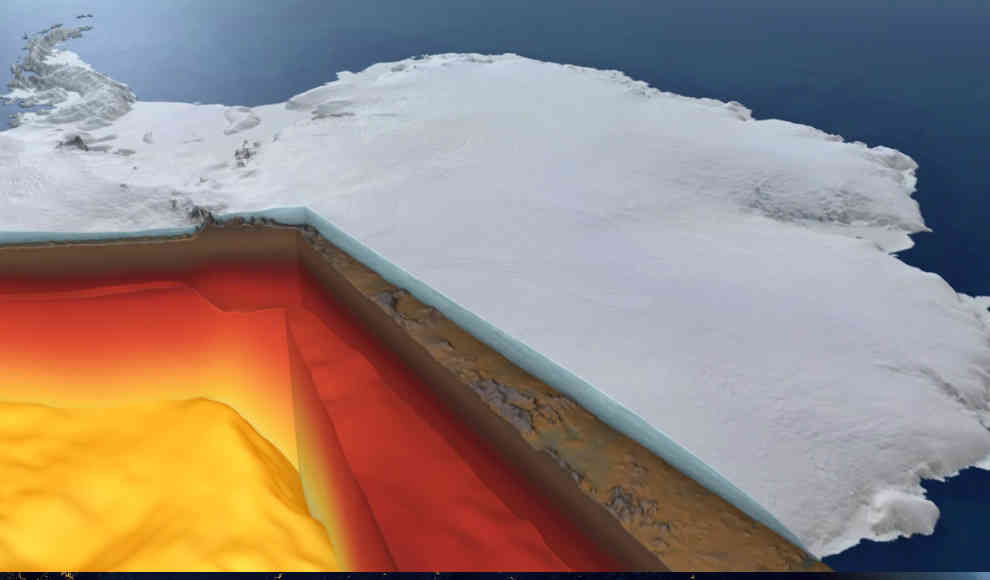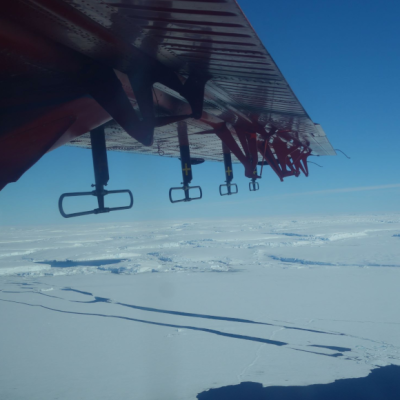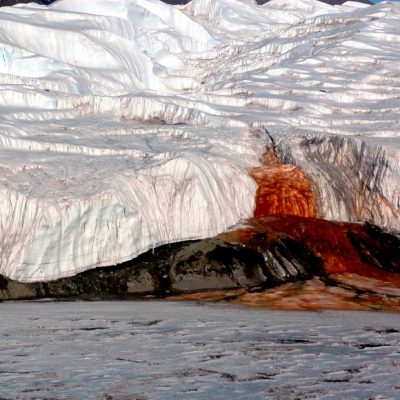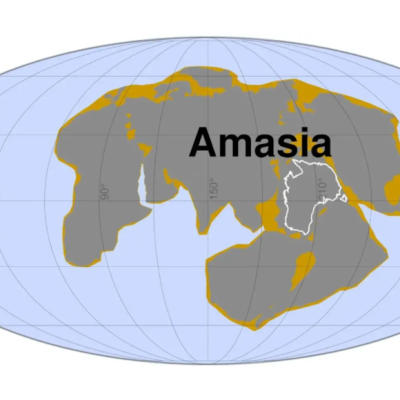Scientists have created a detailed 3D model of the rock beneath the ice in Antarctica, revealing significant differences between the west and east of the continent. The research was conducted by scientists at the Christian-Albrechts-Universität in Kiel, Germany, using gravity field data collected by the ESA GOCE satellite and seismological models. The resulting model shows that the solid rock beneath the west of Antarctica is relatively thin, with the mantle becoming viscous at less than 100km deep. In contrast, the east of the continent is a billion-year-old cratonic shield with a thick crust, and the mantle rock remains solid at depths of over 200km.
The new findings provide geologists with new insights into the tectonic history of the continent, including its previous connections to other continents such as Australia, Africa, and India. The model also reveals significant temperature differences within the upper mantle of the west and east of Antarctica. The differences have led to various regions of the continent rising and falling at different speeds, with natural interactions between the ice and the solid earth.
According to Fausto Ferraccioli from the British Antarctic Survey, co-author of the study, the 3D model provides scientists with “enticing new geophysical insights into the deep structure and evolution of the Antarctic continent, allowing them to understand it properly for the first time.” The model also shows that the strongest structure in Antarctica is beneath a glacier-covered mountain range in the east, where the solid earth is around 260km thick. However, the exact appearance of the mountain range remains unknown due to its complete ice cover.
The new 3D model of the rock beneath the ice in Antarctica provides geologists with valuable insights into the continent’s tectonic history and natural interactions between the ice and the solid earth. The model reveals significant differences between the west and east of the continent, including temperature variations and differences in the thickness of the solid rock. These findings will help scientists to better understand the continent’s past and present, including its previous connections to other continents.










